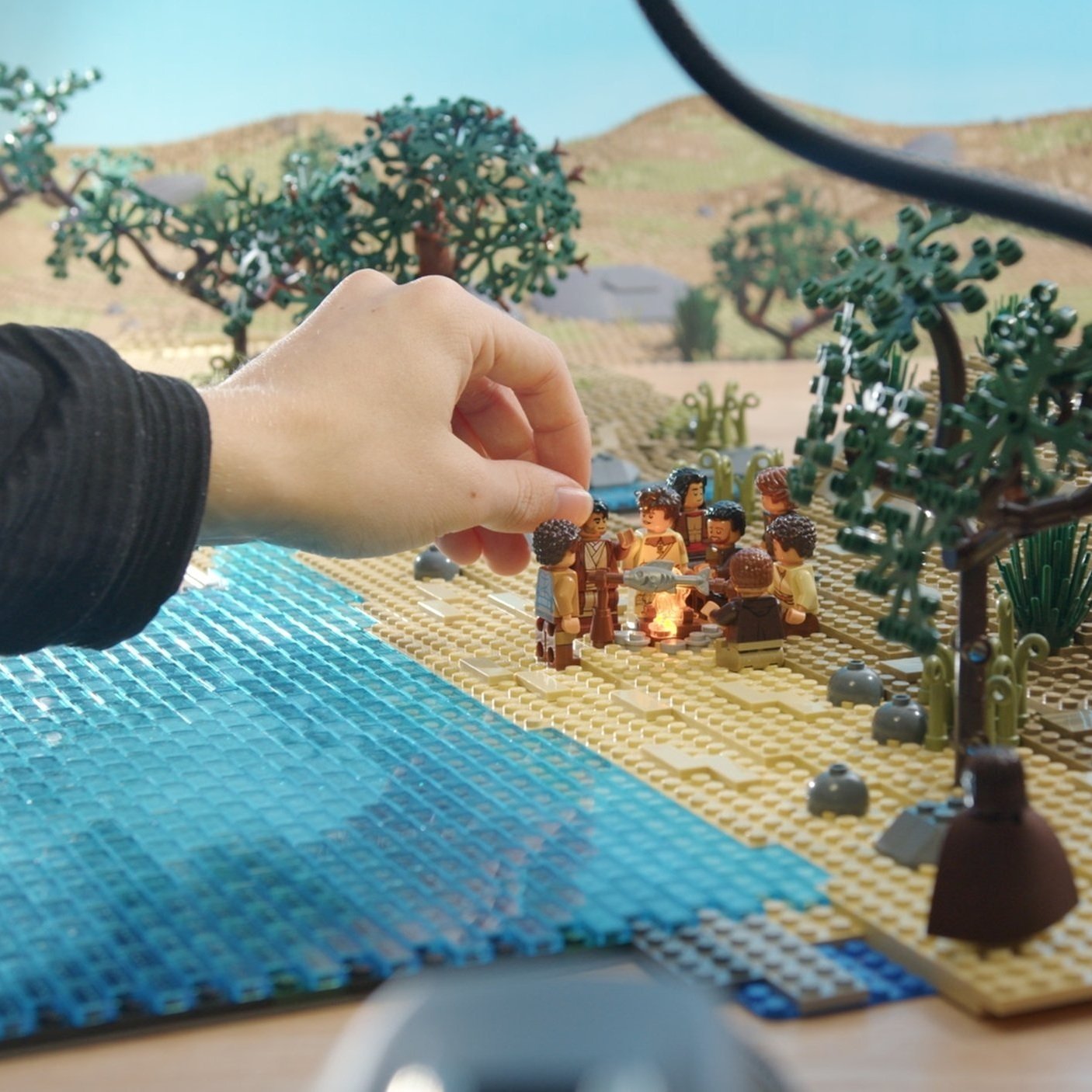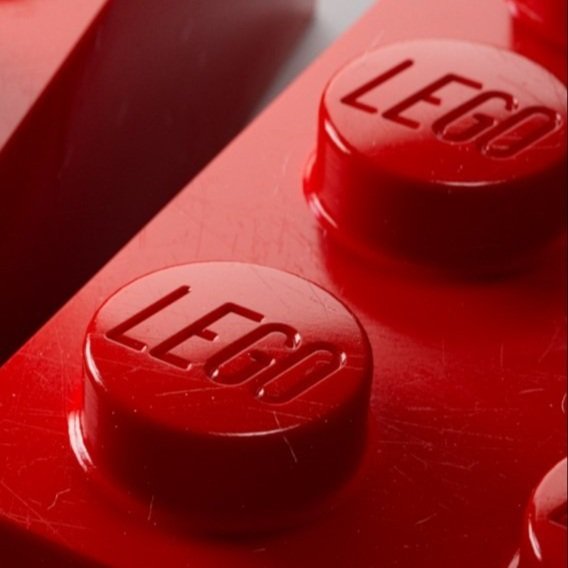The Hilbert Brick: A Nerdy Build For Even Nerdier Builders
/I’ve been following Cole Blaq for some time now. Usually it’s something like a cool spaceship that catches my eye. And why wouldn’t it? Wicked, right?!?
HXT-748
Hilbert Curve
But then the other day, I see this; “Hilbert Brick” he calls it. Hmmm? Time to ask the Google!
Here’s what I found. But I have to warn you: This may get nerdy. In fact, even if you immediately know the answer to the question: “What is the intermix ratio between matter and anti-matter in the warp core of a Galaxy Class Federation Starship?” (one to one, obviously), you still may find this nerdy. Here goes:
The Hilbert curve (also known as the Hilbert space-filling curve) is a continuous fractal space-filling curve first described by the German mathematician David Hilbert in 1891, as a variant of the space-filling Peano curves discovered by Giuseppe Peano in 1890. - Wikipedia
Okay, that’s all well and good, but I also found these cool drawings.
Hilbert curve, first order
Hilbert curves, first and second orders
Hilbert curves, first to third orders
A 3-D Hilbert curve with color showing progression
And if those pics above are the comic book, here’s the movie.
Just when I thought I had this Hilbert Brick thing figured out, there was more. The Google also listed something else related to this; the Hilbert Cube.
Hilbert Cube
Apparently this Hilbert guy was pretty busy back in the 19th century. The Hilbert Cube:
In mathematics, the Hilbert cube, named after David Hilbert, is a topological space that provides an instructive example of some ideas in topology. - Wikipedia
Sigh… Okay, so what’s that? Hey, I warned you about the nerdiness at the beginning. Just stay with me for a minute, it’ll all make sense. Let’s let the inflatable cow explain topology:
In mathematics, topology (from the Greek words τόπος, 'place, location', and λόγος, 'study') is concerned with the properties of a geometric object that are preserved under continuous deformations, such as stretching, twisting, crumpling, and bending; that is, without closing holes, opening holes, tearing, gluing, or passing through itself. - Wikipedia
A Talk With Blaq
So this is where we get back to the original LEGO build. Not the spaceship, the brick. I asked Cole what all this was about, and where he was going with it. Is he a mathematician or something?
Cole: I hope you are not disappointed, but have to admit, although I like math to some extent, my knowledge ends at 10th grade at school with a small insights into metaphysics and basic understanding of some concepts. That said, I am not really able to dig deeper into the science aspect of the reference of Hilbert.
ElBarto: It’s definitely impressive to tackle this kind of subject matter in LEGO form. What else can you tell us?
Cole: That aside, here are some insights: With the Hilbert cube, I chose a mathematical/geometrical approach to fill the fundamental 2x4 brick with associative content. I stumbled upon some views of the Hilbert cube and thought that I want to adapt that design. A great additional benefit to the visual approach is that extending the viewable room normally constrained to the basic perimeters of the brick 'box' leads into multifaceted views, perspectives and rooms. These offer interpretations and indicate a metaphysical-level of creativity. ;D
ElBarto: You got that right! Now you’ve got some pictures for us, exclusive to BrickNerd, and a preview of what you’ve got in the works, right?
Cole: Indeed!
Schroedinger’s Cat
Turns out this whole Hilbert thing isn’t Cole’s first dive into the pool where LEGO splashes around with math and physics. Always good for a laugh, we’ve got the classic quandary featuring a cat and a box. No hat, though, that’s a different cat…
In the thought experiment, a hypothetical cat may be considered simultaneously both alive and dead, while it is unobserved in a closed box, as a result of its fate being linked to a random subatomic event that may or may not occur. - Wikipedia
So Cole created his own interpretation of said thought experiment, but in LEGO form.
I know my intermix ratio, and I could probably depolarize a Heisenberg compensator in a pinch, but this is a little beyond my interpretation abilities. So I’ll leave it to Cole.
“It doesn't matter what intention I had with this build, this creation is an object of projection, so there is no right or wrong or a single interpretation. Several interpretations exist at the same time until I kill the cat by creating a singularity, which I do not intend to do as I enjoy life and livelihood.”
Well, thank goodness! I watched that Black Hole movie when I was a kid. Scary! But hopefully this article has gotten you thinking about LEGO, cats, inflatable cows, and the great beyond. Until next time, BrickNerd fans!
Have you ever wondered about your cat when he climbs into a box? Do you have any clue what any of this is about? Let us know in the comments below.
Do you want to help BrickNerd continue publishing articles like this one? Become a top patron like Charlie Stephens, Marc & Liz Puleo, Paige Mueller, Rob Klingberg from Brickstuff, John & Joshua Hanlon from Beyond the Brick, Megan Lum, Andy Price, Lukas Kurth from StoneWars, Wayne Tyler, LeAnna Taylor, Monica Innis, Dan Church, and Roxanne Baxter to show your support, get early access, exclusive swag and more.






























